Patching on dLive
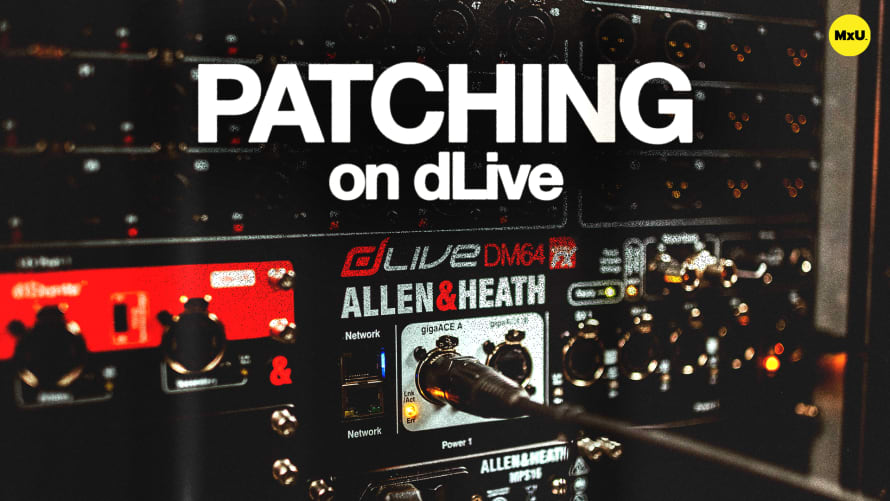
Sign up to watch Patching on dLive and gain access to 500+ more Premium MxU videos.
Team
$99 .95
Per month, billed monthly.
For worship & tech teams
$83 .29
Per month, billed yearly.
For worship & tech teams
- Full course & video library
- Add your team
- Assign training
- Automated training workflows
- Create your own courses & videos
- Multi-campus support
- Organize with groups
Solo
$19 .95
Per month, billed monthly.
Just you, full content library
$16 .63
Per month, billed yearly.
Just you, full content library
- 889+ training videos
- Full course & video library
- Add your team
- Workflows, assignments, create courses & videos
More Premium Videos

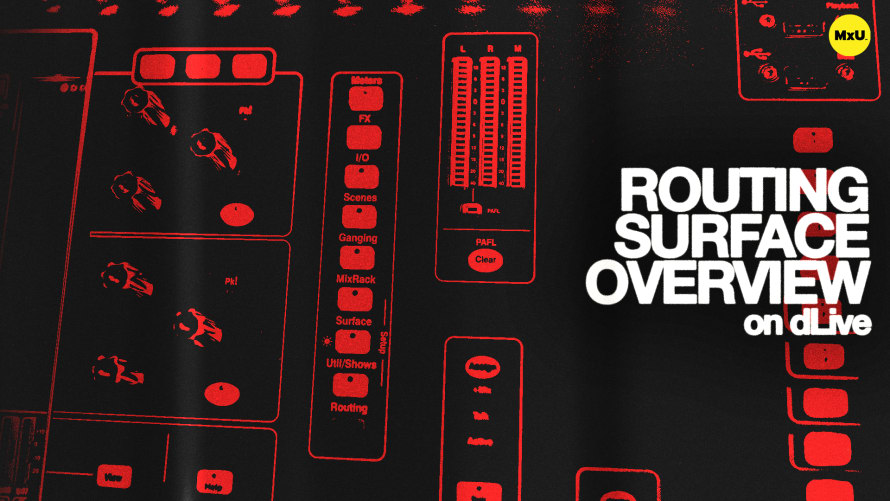
11:33

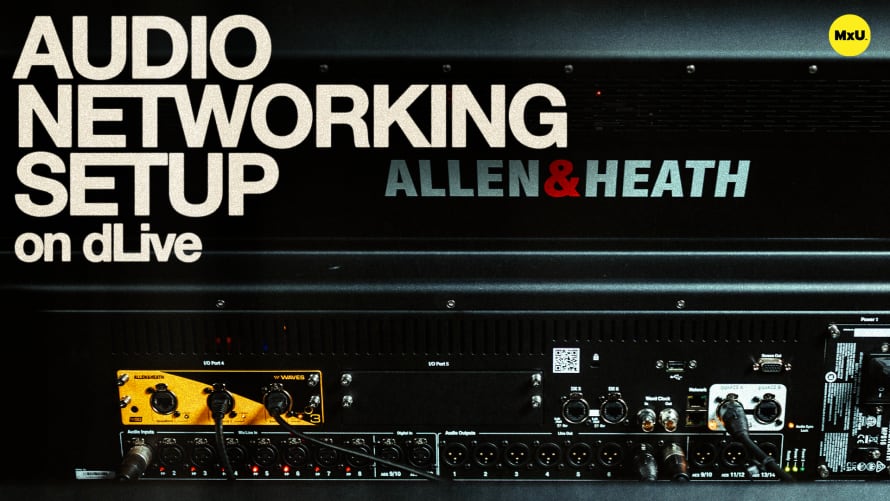
4:58

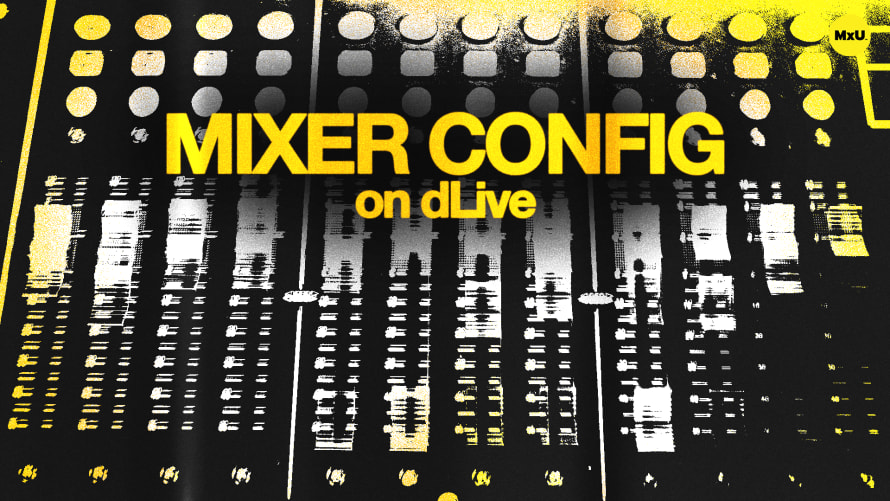
12:20

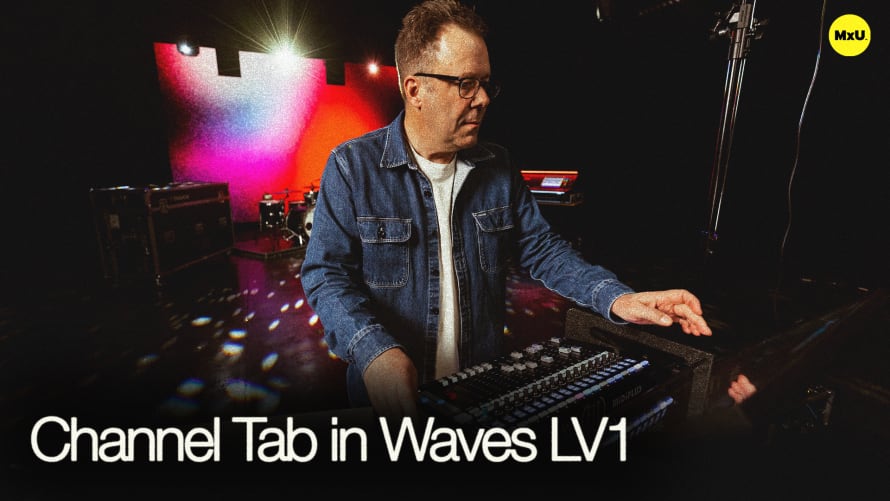
10:00

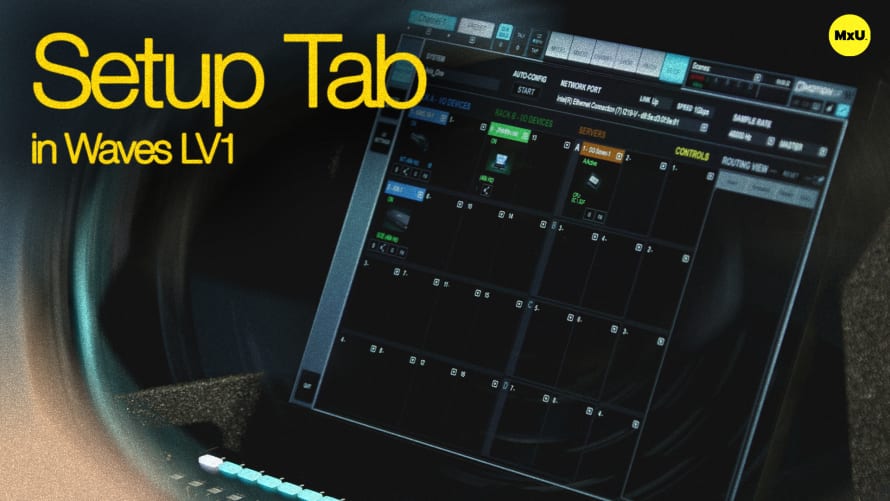
13:27
The input/output patching on the Allen & Heath dLive series of consoles is straightforward. Michael walks through how to patch outputs, configure inputs, and use advanced features like tie lines and virtual soundcheck. He also discusses managing external devices such as personal mixers and expansion cards while ensuring efficient routing and easy navigation through the console.
Output Patching
Output patching on dLive involves selecting the desired outputs on the console and routing them to the appropriate physical outputs. Michael explains how to manage local and surface outputs, as well as how to use the DX ports for expanded IO capabilities.
Input Patching and Multiple Sources
The input patching process is similar to outputs, with channels listed on the left and physical sources on the top. dLive allows multiple input sources to be assigned to a single channel, making it easier to switch between sources without re-patching during a service.
- Assign multiple input sources to a single channel for flexible routing.
- Utilize the ABCD patching system to quickly switch between sources.
Naming and Organizing Ports
To avoid confusion when dealing with multiple stage boxes and expansion devices, it’s helpful to name your ports. This can be done through the IO patch options, allowing you to label ports according to their function (e.g., Dante, Waves, or Drum Stage Box).
- Name ports to keep your IO patching organized.
- Custom labels make it easier to identify connections during setup.
Direct Routing
Tie lines allow direct routing of an input to an output without using a bus. This bypasses the console’s processing, providing a clean and direct signal path.
Virtual Soundcheck
Virtual soundcheck is a powerful tool that enables recording inputs to a computer and playing them back through the console sound checks. This feature allows you to test and refine mixes without the need for live vocals or band, using recorded tracks.
External Devices
Michael also covers how to integrate external devices, such as personal mixers (ME systems), expansion cards, and external ins for matrixes. These setups allow the stage team to control their own monitor mixes or for you to integrate guest consoles without disrupting the main mix.
Courses
Topics
Categories
Audio
201
Premium Videos
Nothing added